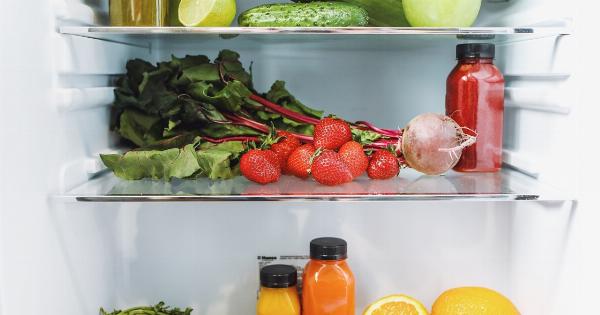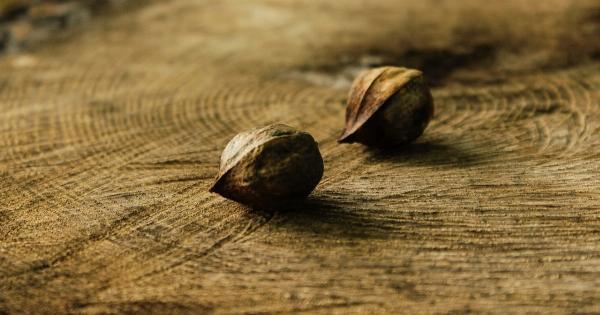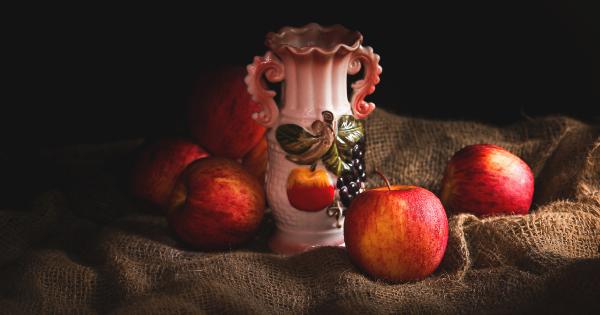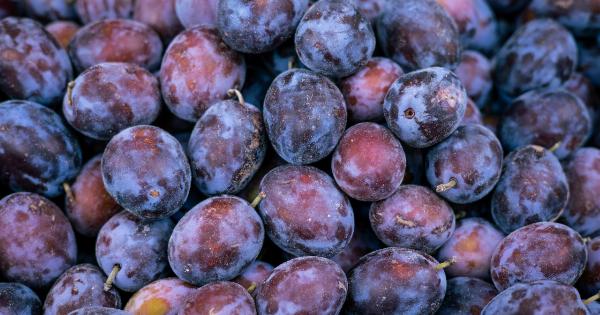Have you ever come across overripe fruit in your kitchen and thought they are only good for the bin? Think again! Overripe fruit may not be as aesthetically pleasing as a perfectly ripe fruit, but they are still full of flavors and nutrients.
In this article, we will discuss how to use overripe fruit and reduce food waste.
Benefits of using overripe fruit
Overripe fruit may not be the first choice for a snack, but they can be used in many ways that add flavor and nutrition to your diet. Here are some of the benefits of using overripe fruit:.
1. Reduces food waste
Each year, millions of tons of food waste go to landfills, where they release methane, a potent greenhouse gas that contributes to climate change. By using overripe fruit, we can reduce food waste and save money.
2. Adds flavor to your recipes
Overripe fruit may have softer textures, but they also have intensified flavors. This is because as fruit ripens, it develops more complex flavors as its natural sugars break down.
Using overripe fruit in your cooking can add depth and complexity to your recipes.
3. Increases nutrient content
Overripe fruit may not look as pretty as their fresher counterparts, but they retain most of their nutrients even when they are overripe. In fact, some studies suggest that overripe fruits contain more antioxidants than fresher fruits.
Uses of overripe fruit
Now that we know the benefits of using overripe fruit, let’s discuss how to use them in our cooking:.
1. Smoothies and juices
Overripe fruits are perfect for smoothies and juices. They blend easily and add a sweet and flavorful taste to any drink. You can use bananas, mangoes, berries, and any other overripe fruit that you have on hand.
2. Baked goods
Overripe fruit can be used in baked goods such as muffins, cakes, and bread. They add natural sweetness and moisture to the recipe. You can use overripe bananas in banana bread or overripe apples in apple muffins.
3. Jams and chutneys
Overripe fruit is ideal for making jams and chutneys. The high sugar content in overripe fruit makes it easier to make jams and chutneys without adding too much sugar.
You can use overripe strawberries, peaches, or plums to make your own jams and chutneys.
4. Sauces and dressings
Overripe fruit can be used in sauces and dressings to add sweetness and flavor. You can make a delicious strawberry dressing by blending overripe strawberries with olive oil, lemon juice, and honey.
How to store overripe fruit
Now that we know the many uses of overripe fruit, the next question is how to store them. Here are a few tips:.
1. Refrigerate
Refrigerating overripe fruit can help slow down the ripening process. However, be sure to use them as soon as possible as they can quickly become moldy.
2. Freeze
You can also freeze overripe fruit for later use. Cut them into small pieces and place them in an airtight container in the freezer.
3. Dehydrate
You can also dehydrate overripe fruits to make dried fruits. This is especially useful for fruits like mangoes, bananas, and apples.
Closing thoughts
Overripe fruit may not be as visually appealing as their fresher counterparts, but they are still full of flavor and nutrition. By using overripe fruit, we can reduce food waste, add flavor to our recipes, and increase nutrient content.
So next time you come across overripe fruit in your kitchen, think twice before throwing them away.





























